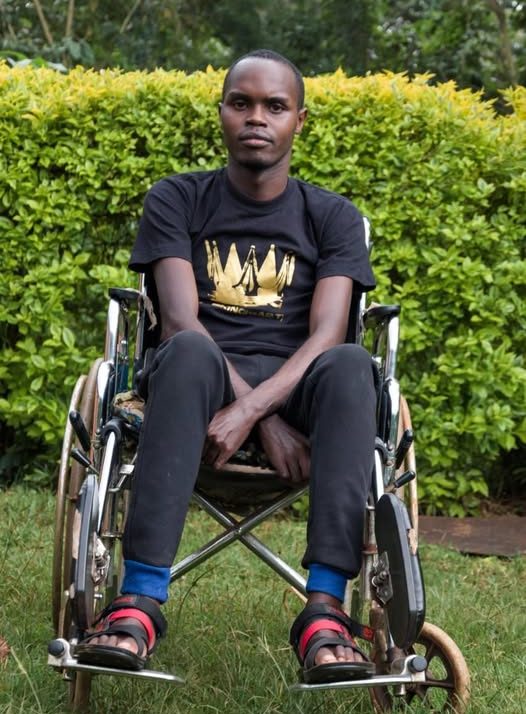The recent release of a raft of measures to streamline funding of university education has raised questions on the suitability of the new funding model.
Universities Academic Staff Union (UASU) is wondering how some of the variables to be used to categorize students as vulnerable will be protected from the usual manipulation to favour the undeserving.
The model uses a scientifically determined method known as Means Testing Instrument (MTI), which if properly implemented may give the desired results.
The MTI considers parental background, gender, course type, marginalization, disability, as well as family size and composition as basic parameters to measure the economic level of the student.
Others are the kind of primary school one attended (public or private), the kind of secondary school (sub-county, county, extra-county or national school), who paid school fees (parent, guardian, sponsor or a non-governmental organization), and if the child benefitted from bursaries and other donations, among other parameters.
The vulnerable and extremely needy students will get 100 per cent government funding while the needy will get more government scholarship and less loans.
The less needy (those from middle class) will get less government scholarship and more loans.
UASU National Organising Secretary Onesmus Maluki Mutio contends that if the MTI instrument is properly used, it will not be hard to know who is vulnerable, extremely needy, needy and less needy since it is a scientific instrument.
“If that instrument is followed properly, it is not very hard to categorize the students. However, you can be 100 per cent sure that the children of the rich will turn to be the vulnerable or the extreme needy because everyone wants their children to get 100 per cent scholarships,” said Maluki.
According to him, the country’s institutions are not well developed to a level that such an instrument can be trusted to categorize students perfectly without interference by the upper class and corruption.
In the new funding model released by President William Ruto, which will be implemented in the 2023/2024 academic year, students will be classified into four levels of need; vulnerable, extremely needy, needy and less needy.
Now moving forward, universities and TVETs will no longer receive block funding in the form of capitation based on the Differentiated Unit Cost (DUC), whose sustainability has been a struggle following a drastic funding dip over the years.
The government will fully fund the vulnerable and extremely needy students joining university and TVETs this year, who the president said comprise 29 per cent of the total figures. They will be funded through government scholarships, loans and bursaries.
According to President Ruto, students whose households are at the bottom of the pyramid will now enjoy equal opportunity in accessing university and TVET education since their households will not make any contribution towards the education of their children.
Students from needy households joining universities will receive government scholarships of up to a maximum of 53 per cent and loans of up to 40 per cent, with their households only paying 7 per cent of the cost of their university education.
Those who will be joining TVETs, on the other hand, will receive government scholarships of up to a maximum of 50 per cent and 30 per cent in loans, with their households only paying 20 per cent of the costs.
The less needy joining university will be funded through a government scholarship of up to a maximum of 38 per cent of the cost of the programme, and 55 per cent in form of loans, with their households paying only 7 per cent.
For those who will be joining TVETs, they will receive 32 per cent funding in government scholarships, 48 per cent in loans, and their households will only pay 20 per cent of the costs.
In the new framework, funding will be based on four criteria; choice of programme, household income band, affirmative performance, and government priority areas where MTI will be applied to scientifically determine their need levels.
By Roy Hezron
Get more stories from our website: Education News
You can also follow our social media pages on Twitter: Education News KE and Facebook: Education News Newspaper for timely updates.






